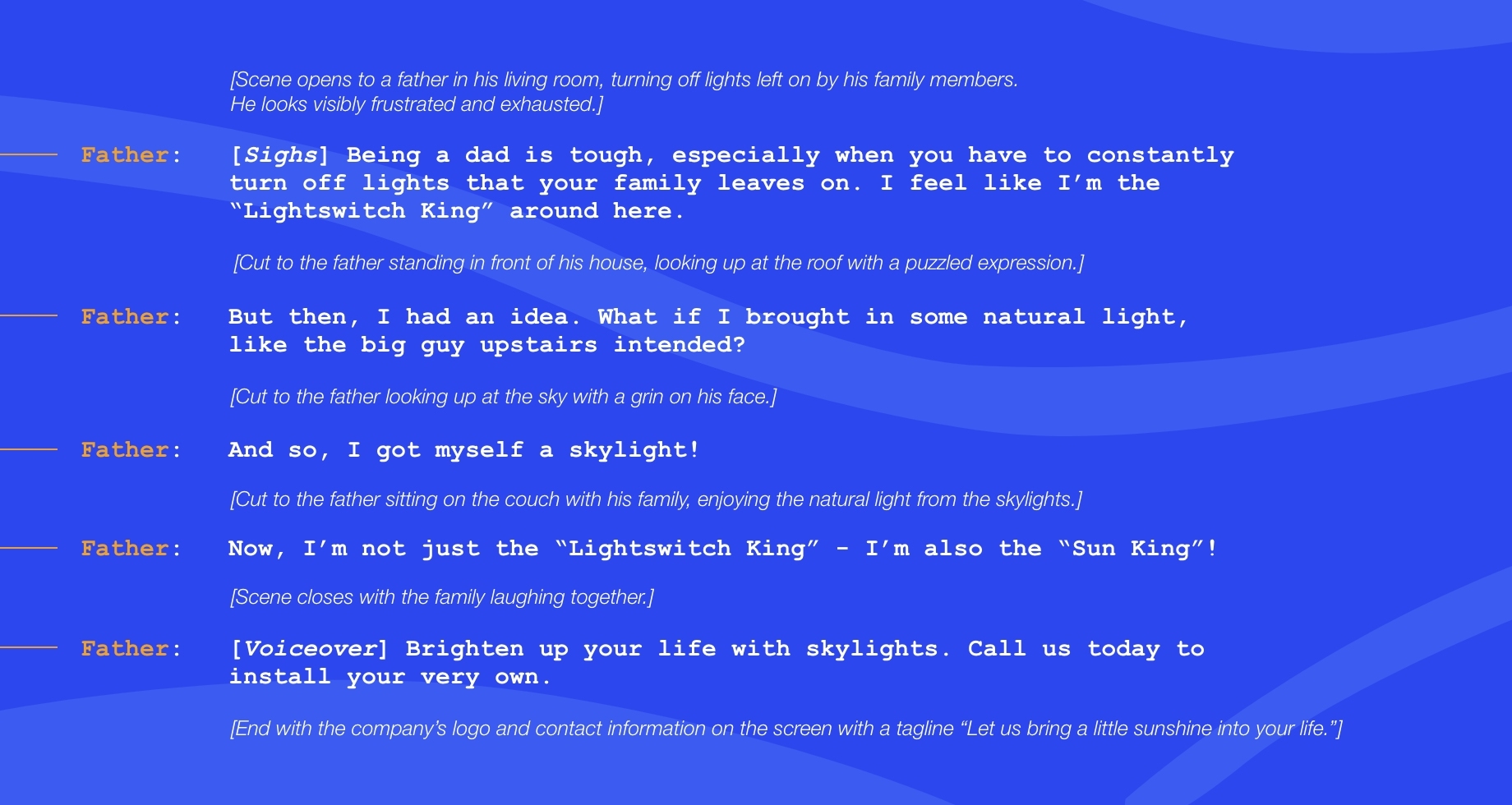Content Marketing
Creative
Industry Trends

Technology powered by artificial intelligence has enhanced our lives for years, so let’s not panic over the arrival of ChatGPT.
Technology powered by artificial intelligence has made our lives more efficient and comfortable over the past several years. Regardless of your marketing discipline, AI bots such as ChatGPT can be tools we use to work smarter and focus on the things our human brains excel at.
Overwhelmed by all of the headlines and industry chatter about AI used for marketing? Take a deep breath, step back and consider four things:
1. AI has already quietly entered our homes and lives.
Whether it’s the smartphone in your pocket, the thermostat in your home or the voice assistant keeping your grocery list up to date, artificial intelligence makes it seem as if inanimate appliances “get us.”
Think of all the ways AI-powered home technology operates in the background of our lives:
The thermostat “knows” our preferred comfort zone and adjusts accordingly when we’re at home.
Netflix recommends movies and TV shows based on past viewing.
Photo apps organize our photos into galleries for pets, friends and travel.
Refrigerators track inventory and suggest meal plans.
iPhones learn our routines and remind us to set alarms.
Philosophers, physicists and other thinkers can’t even agree on the nature of human consciousness. So, it’s not surprising that ChatGPT, which responds conversationally to queries, has people freaking out about robot sentience.
So, when it comes to marketing, let’s take a moment and understand the here and now: ChatGPT and other AI bots are tools we can use to gain efficiency. But they are not replacements for human thought that connects information with experience, emotion, empathy and cultural awareness.
2. ChatGPT hasn't killed writing, but it can help writers save time.
OpenAI designed ChatGPT, a natural language processing tool, to interact conversationally with users who submit written prompts. It was trained on text drawn from the internet — books, articles, scientific journals, Wikipedia, etc. — up to 2021. By training on a wide variety of text sources and using deep learning, ChatGPT can predict the next word in a sentence to conversationally respond to written prompts.
We’ve all used predictive text while texting on a smartphone, composing an email in Gmail and/or using Grammarly to proof our work. ChatGPT can compose blogs, emails, metadata, subject lines, ad copy and more, but its output is lackluster and feels like, as many people have noted, a basic elementary school essay.
It can string together words, but it lacks the experiences, emotions, empathy and intuition that coalesce into quality writing.
People have an inherent sense of authenticity when they consume content, whether it’s a blog post on a brand content site, a news article or a movie. A recent Ipsos survey found that nearly 70% of U.S. adults preferred human-created content for news and photojournalism and just over 60% felt the same about marketing content and movies for streaming or theatrical release.
Wray Ward recently produced a television spot for VELUX skylights that tapped into two things:
Research insights about having the early buy-in of a household’s male partner, resulting in a quicker purchase decision and male partners skewing higher on sustainability consciousness
The personal experience of dads’ frustration at repeatedly having to turn off lights left on by their family
While it must have had access to dad jokes in its training data set, ChatGPT couldn’t draw on the angst dads feel at having their authority thwarted when prompted to “write a script for a 30-second TV ad featuring a man, who is also a dad. He is frustrated about having to constantly turn off the lights his family leaves on. When he gets skylights installed, he is happy about not having to spend so much time turning off lights.” Follow-up prompts asking for humor, specifically dad-joke humor, resulted in a script that felt flat and contrived (not to mention, it could use a proofreader).



